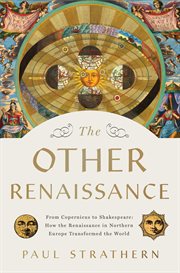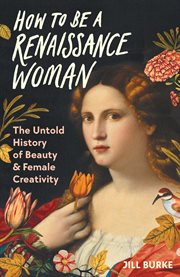The other Renaissance From Copernicus to Shakespeare
eBook - 2023
An original, illuminating history of the northern European Renaissance in art, science, and philosophy, which often rivaled its Italian counterpart. It is generally accepted that the European Renaissance began in Italy. However, a historical transformation of similar magnitude also took place in northern Europe at the same time. This "Other Renaissance" was initially centered on the city of Bruges in Flanders (modern Belgium), but its influence was soon being felt in France, the German states, London, and even in Italy itself. The northern Renaissance, like the southern Renaissance, largely took place during the period between the end of the Medieval age (circa mid-14th century) and the advent of the Age of Enlightenment (circa ...end of 17th century). Following a sequence of major figures, including Copernicus, Gutenberg, Luther, Catherine de' Medici, Rabelais, van Eyck, and Shakespeare, Paul Strathern tells the fascinating story of how this "Other Renaissance" played as significant a role as the Italian renaissance in bringing our modern world into being.
- Subjects
- Published
-
[United States] :
Pegasus Books
2023.
- Language
- English
- Corporate Author
- Main Author
- Corporate Author
- Online Access
- Instantly available on hoopla.
Cover image - Physical Description
- 1 online resource
- Format
- Mode of access: World Wide Web.
- ISBN
- 9781639363940
- Access
- AVAILABLE FOR USE ONLY BY IOWA CITY AND RESIDENTS OF THE CONTRACTING GOVERNMENTS OF JOHNSON COUNTY, UNIVERSITY HEIGHTS, HILLS, AND LONE TREE (IA).


